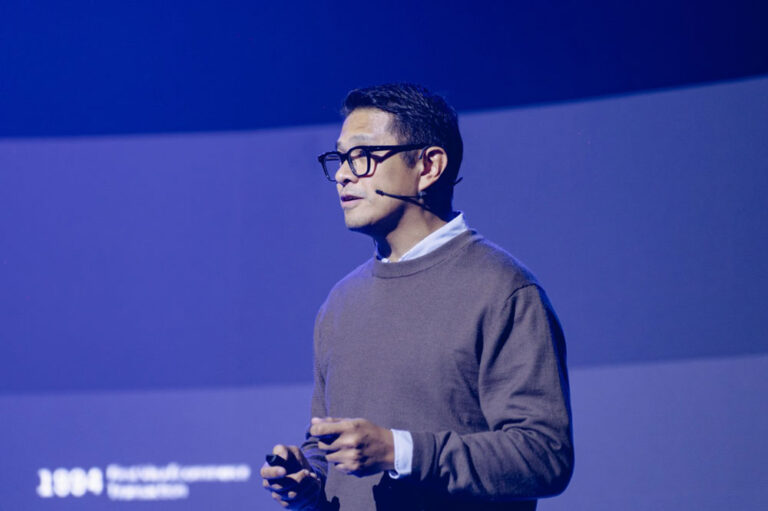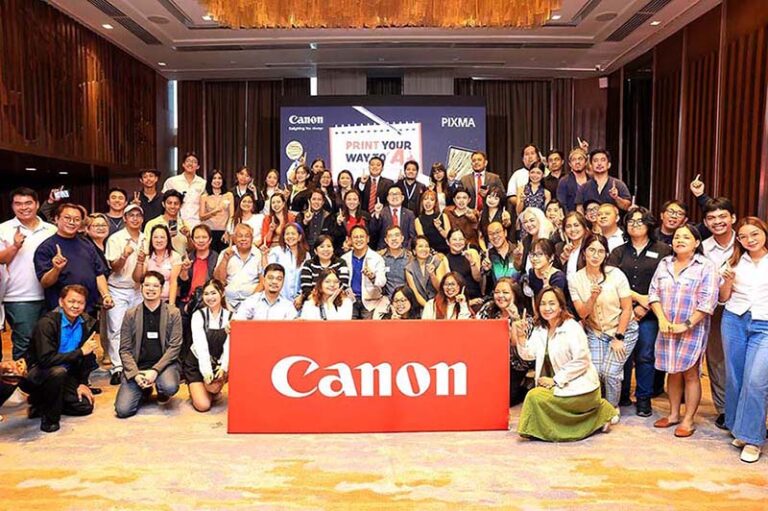CEBU CITY – To attract low-cost carriers (LCC) to their respective airports, member-countries of the Association of Southeast Asian Nations (ASEAN) are urged to set up terminals dedicated to these carriers.
Desiree Bandal, head of the AirAsia Philippines’ Government Policy and Asean Group, said low-cost carrier terminals (LCCTs) are necessary to win and retain the services of these carriers. “We don’t have dedicated LCCTs in Asean right now and that’s what we are trying to push forward. We have to keep on pushing for this. Low-cost terminals are a necessary part for LCCs. We need LCCTs for us to really grow,” Bandal said.
She said LCCs need to have a separate terminal because their needs are very different from full-service carriers (FSC), which use tubes or air bridges. “If you are an LCC, your margins are small, but you can earn based on your volume. And if you have an aircraft flying, you want to use it as much as possible, because when you’re not flying, you’re not earning. And you’re still spending money even if you’re not flying,” she said, citing AirAsia as an example which has a 25-minute turnaround time and using the tubes or bridges is time-consuming compared to just using the stairs for disembarking and boarding passengers.
“If you use the stairs, it’s so much quicker. It enables the LCC to better meet the 25-minute turnaround time. The LCCs need to have a separate terminal. It has to be like Narita,” Bandal said.

The Narita airport, which began operations in 1978, opened a dedicated LCC terminal in 2015. By 2018, Narita’s capacity of 7.5 million had been exceeded and the airport is now planning to expand and increase its capacity to 15 million passengers per annum by 2022, according to Bandal.
“That’s the kind of service any product that AirAsia’s looking at in order for us to truly grow. We appreciate the aesthetics of a very good-looking airport, but people who fly on LCCs just need a terminal that can facilitate their going in and out of the city,” she said. “We just need simple functional airports that allow us to offer our self-service facilities. We are calling on airport authorities or developers to consider that LCCs really have different needs from full-service carriers,” she added.
However, a couple of airport officials said they can cater to the needs of LCCs even without a dedicated low-cost terminal. Tony Chungli Yu, corporate development director of the Taoyuan International Airport in Taiwan, said they cannot build an LCCT due to area limitations, but they can provide for the needs of LCCs. “We can’t have the LCCT right now as we don’t have enough land in Taiwan airport, but we are improving our efficiency. If LCCs want a minimum turnaround time, we can help them with that. Of course, if Taiwan has the land, we can build an LCCT, but I think efficiency is more important right now,” Yu explained.
Steve Dicdican, of the Mactan-Cebu International Airport Authority, said the LCCs must set the expectations as the airport has the facilities to cater to their needs. “If expectations are not set, and the passengers require certain levels of service, that will affect our performance as a passenger-friendly airport,” he said.
Dicdican also said that airlines should educate their market on what to expect when flying on LCCs because some of their passengers, including politicians and persons with disabilities, complain about using the stairs instead of the tubes or bridges. “The LCCs should be more transparent with their services and there has to be a collaboration, if we are going to do route development and airport development, there has to be collaboration, where the passenger knows exactly what they are getting,” he said. (Luel Galarpe)
Like Us on Facebook: https://www.facebook.com/mindanaoexaminer
Follow Us on Twitter: https://twitter.com/MindanaoExamine
Read And Share Our News: https://www.mindanaoexaminer.com
Mirror Site: https://mindanaoexaminernewspaper.blogspot.com
Digital Archives: https://issuu.com/mindanaoexaminernewspaper
Media Rates: https://mindanaoexaminer.com/ad-rates



